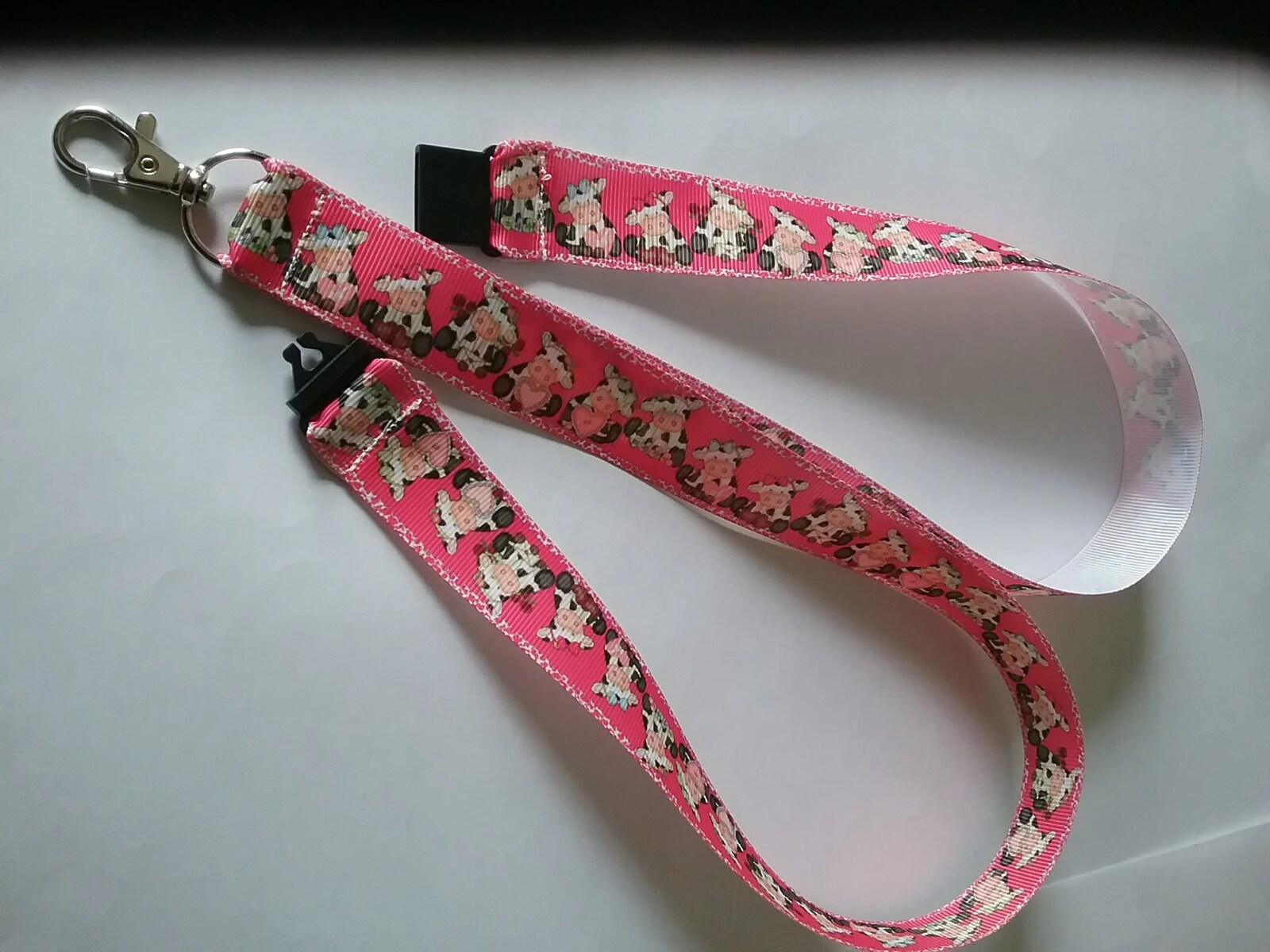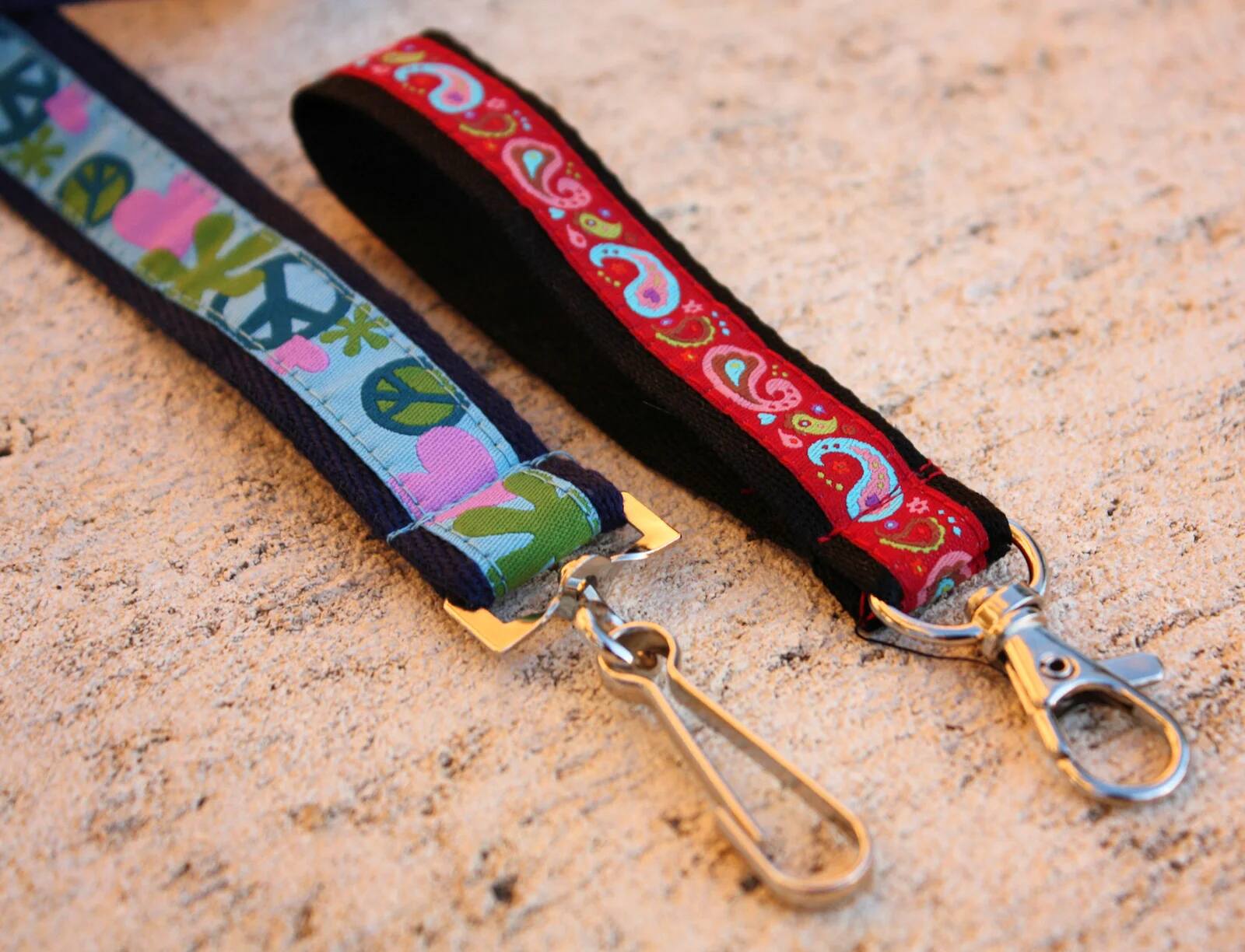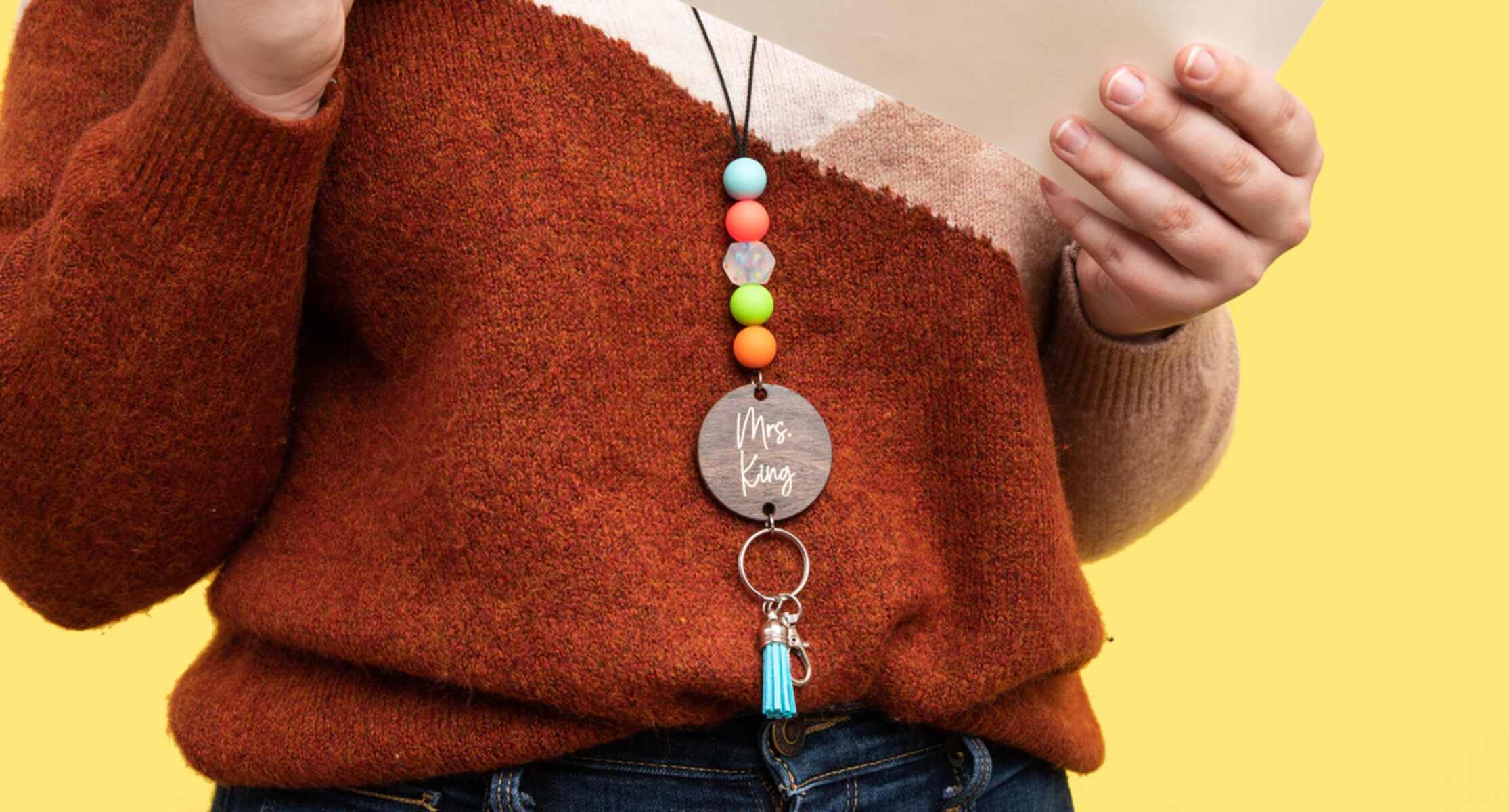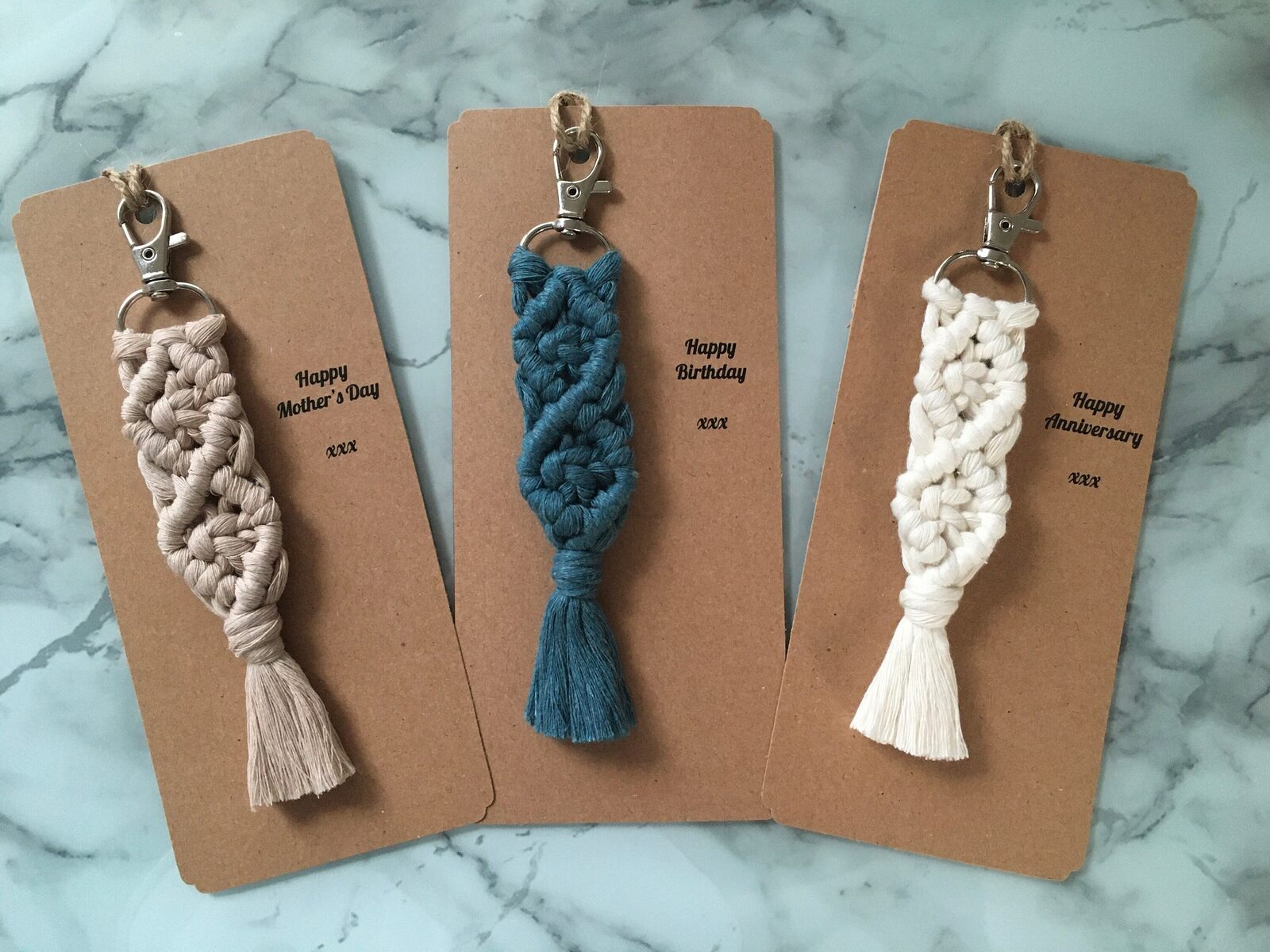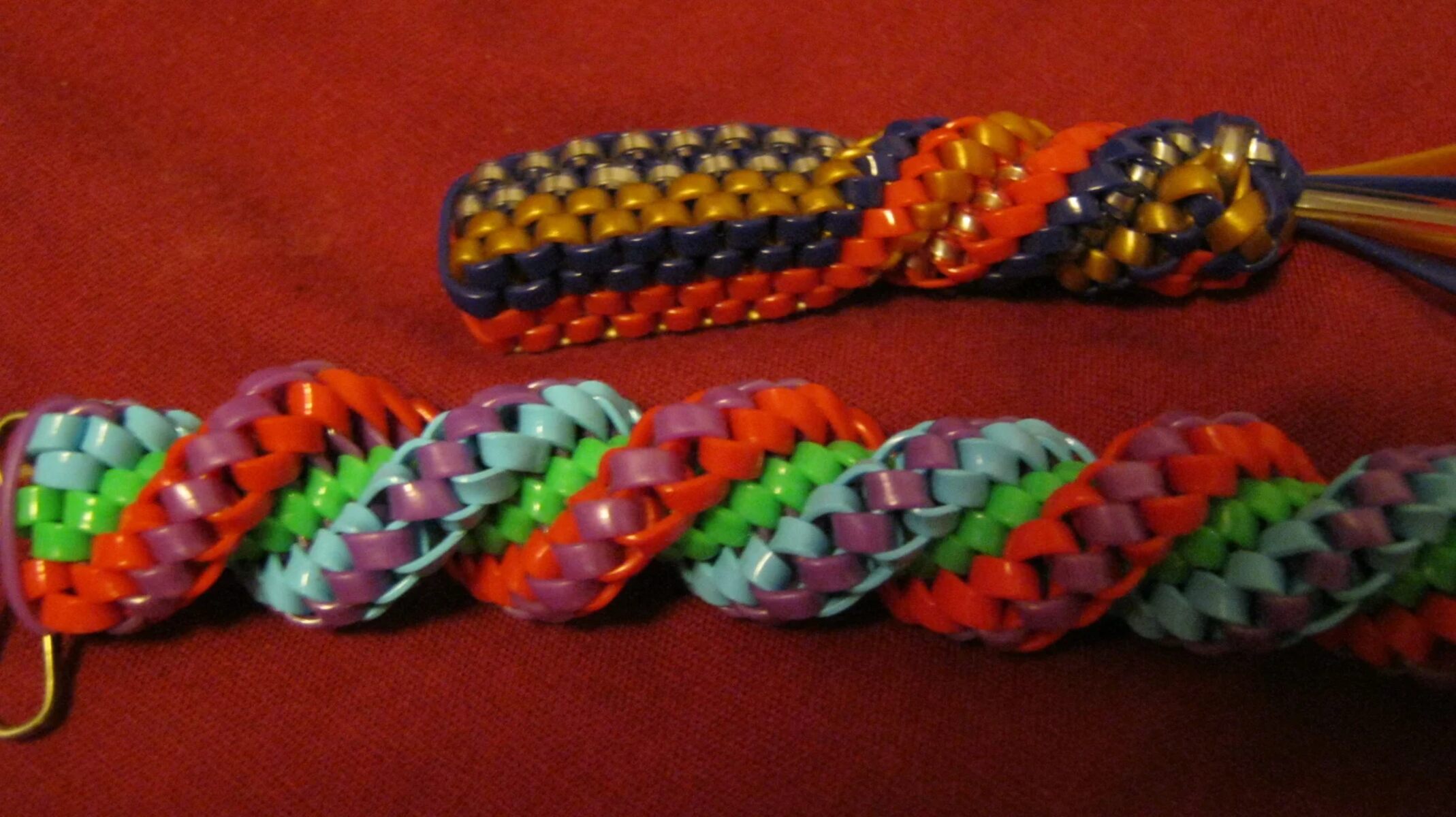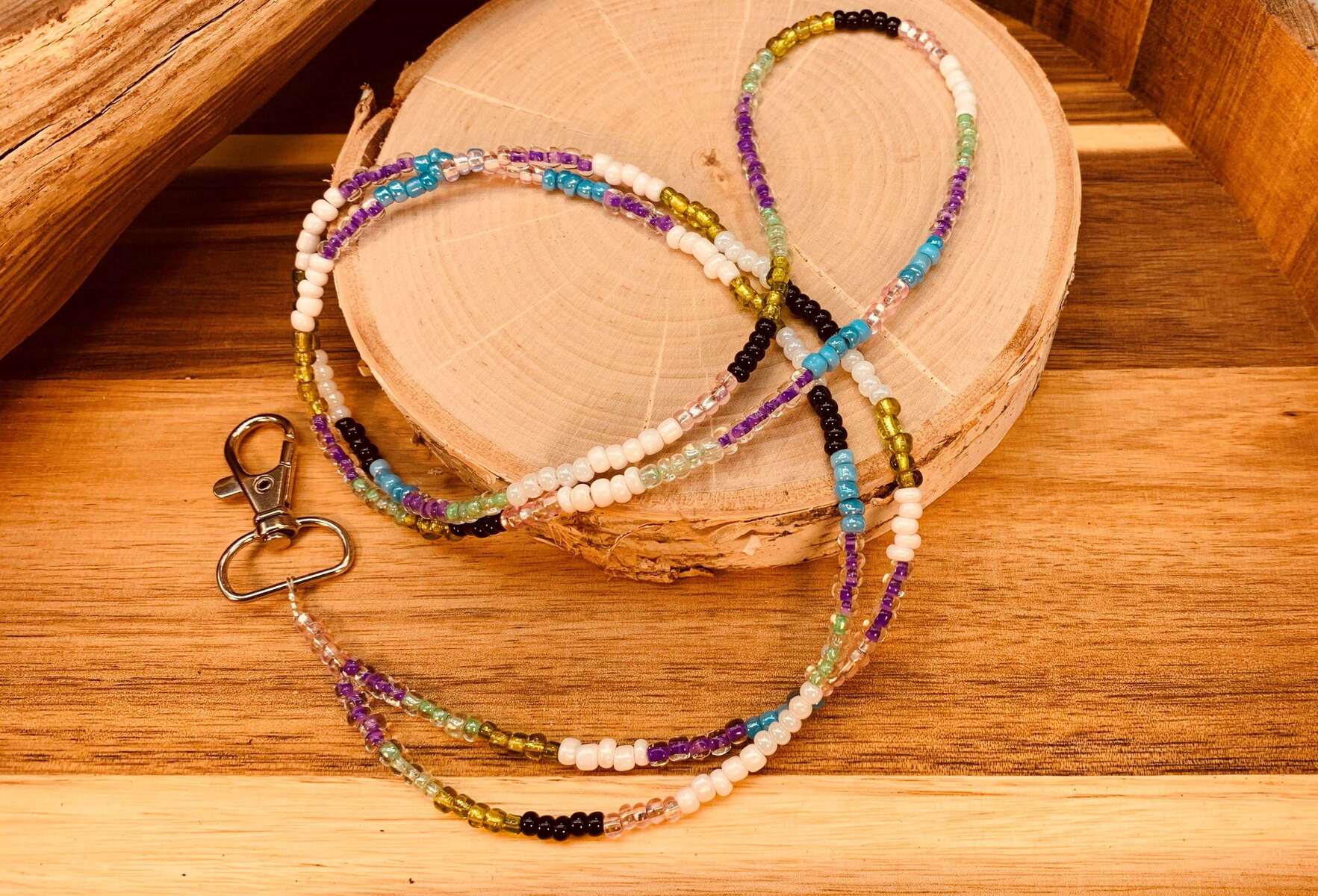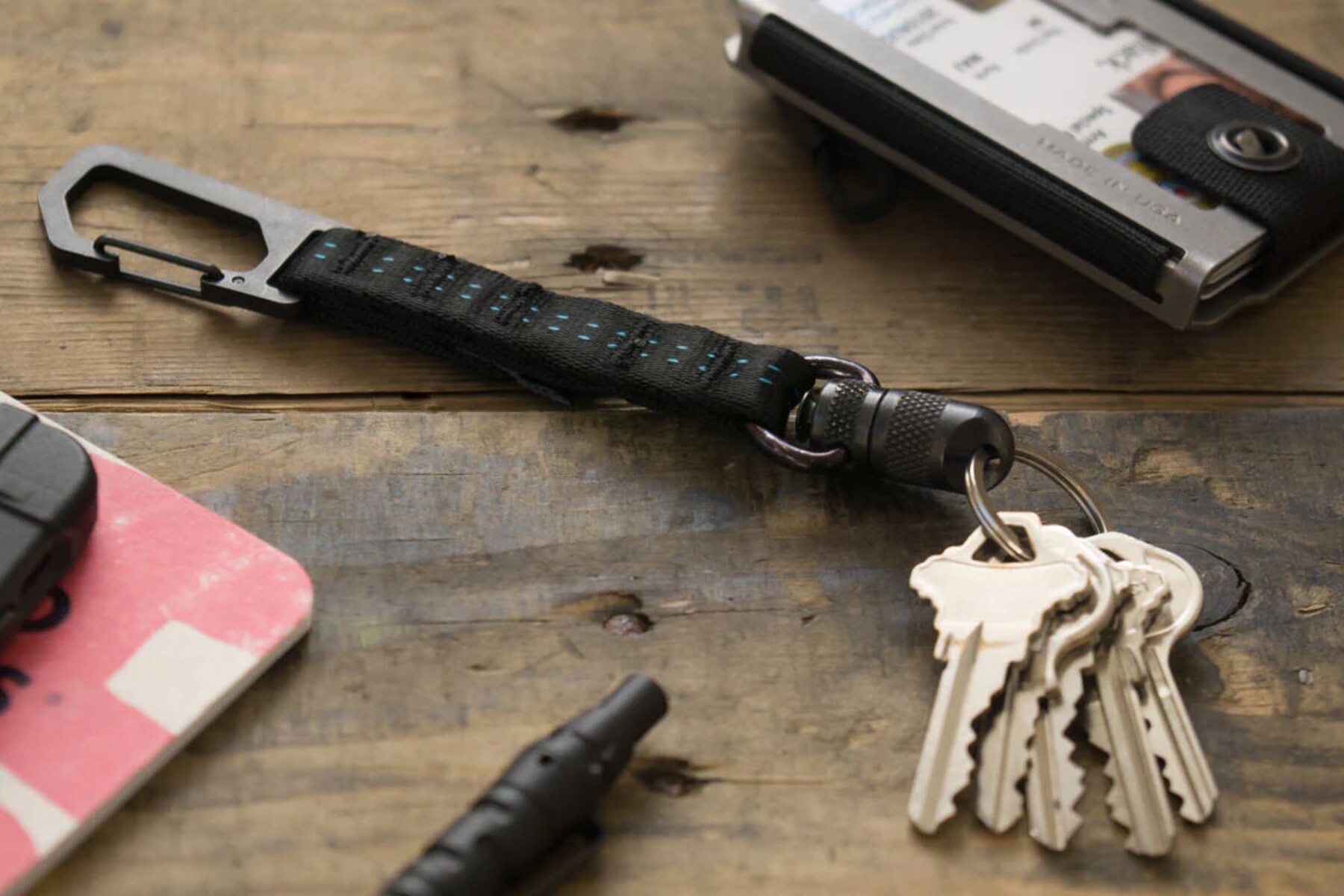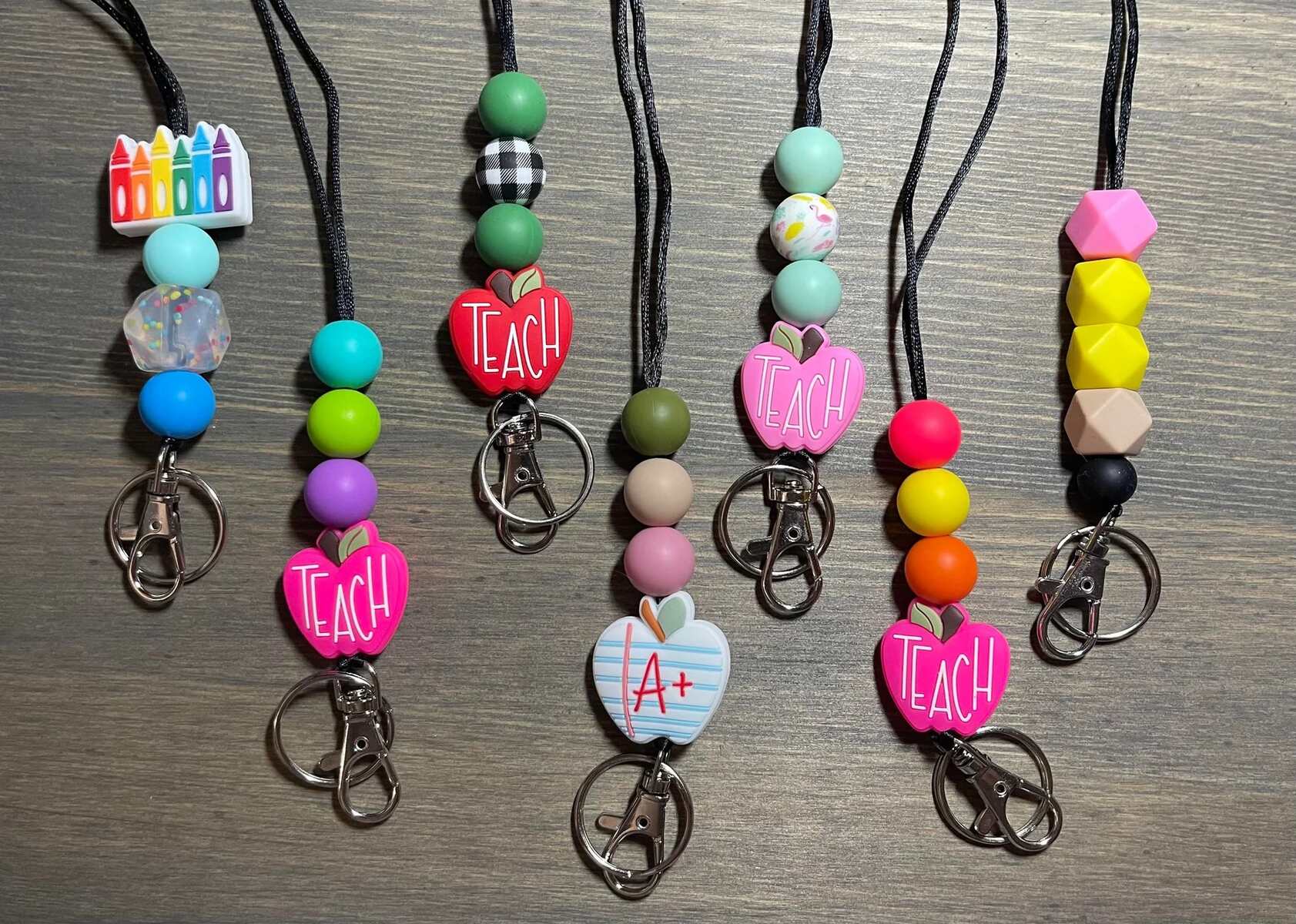Introduction
Lanyards are not just functional accessories; they are also an opportunity for self-expression and creativity. With the right materials and techniques, you can transform a simple lanyard into a stunning piece of wearable art. Ribbons, with their vibrant colors and luxurious textures, offer a fantastic way to elevate your lanyard crafting game. In this article, we will explore the art of crafting beautiful lanyards with ribbons, delving into the techniques, tools, and tips that will help you create elegant and eye-catching designs.
Whether you are a seasoned crafter looking to expand your repertoire or a beginner eager to explore the world of lanyard making, incorporating ribbons into your designs can open up a world of possibilities. From adding a pop of color to creating intricate patterns, ribbons offer versatility and charm that can take your lanyards to the next level.
In the following sections, we will delve into the nuances of selecting the right ribbons for your projects, explore the essential tools and materials needed for lanyard making, and learn basic and advanced ribbon techniques to infuse elegance into your creations. Additionally, we will uncover valuable tips and tricks to help you perfect your ribbon lanyards, ensuring that your finished pieces are not only visually appealing but also durable and functional.
Whether you are crafting lanyards for personal use, gifting them to friends and family, or even considering selling your creations, mastering the art of ribbon lanyard making can be a fulfilling and rewarding endeavor. So, let's embark on this creative journey together and discover the endless possibilities of crafting beautiful lanyards with ribbons.
Choosing the Right Ribbons
When it comes to crafting beautiful lanyards with ribbons, selecting the right ribbons is crucial for achieving the desired aesthetic and functionality. The world of ribbons is vast and diverse, offering an array of options in terms of material, width, texture, and patterns. Here are some key considerations to keep in mind when choosing the right ribbons for your lanyard projects:
Material:
The material of the ribbon plays a significant role in determining the overall look and feel of the lanyard. Satin ribbons exude elegance and shine, making them ideal for creating sophisticated and luxurious lanyards. On the other hand, grosgrain ribbons offer a more textured and matte appearance, adding a touch of rustic charm to the lanyard design. For a playful and vibrant look, consider using ribbons made of cotton or polyester, which are available in a wide range of colors and patterns.
Width:
The width of the ribbon contributes to the visual impact of the lanyard. Narrow ribbons can create delicate and intricate designs, perfect for dainty lanyards or those intended for lightweight items such as keys or ID badges. On the contrary, wider ribbons make a bold statement, allowing for more prominent patterns and embellishments. Consider the intended use of the lanyard and the desired visual effect when selecting the appropriate ribbon width.
Texture:
The texture of the ribbon adds dimension and tactile appeal to the lanyard. Smooth and silky ribbons offer a lustrous finish, while ribbons with a ribbed or woven texture provide a more tactile experience. Additionally, consider the drape and flexibility of the ribbon, especially if you plan to incorporate intricate knots or braids into your lanyard design.
Patterns and Colors:
Ribbons come in an endless variety of patterns and colors, offering boundless opportunities for creativity. Whether you prefer classic solid colors, playful polka dots, elegant stripes, or whimsical floral prints, the right pattern and color scheme can set the tone for your lanyard design. Consider the wearer's preferences, the intended occasion, and any specific themes or motifs you wish to incorporate into the lanyard.
By carefully considering the material, width, texture, patterns, and colors of the ribbons, you can ensure that your lanyard projects reflect your creative vision and resonate with the intended audience. The process of choosing the right ribbons sets the stage for the enchanting journey of crafting beautiful lanyards that seamlessly blend elegance, functionality, and personal style.
Tools and Materials Needed
Crafting beautiful lanyards with ribbons requires a selection of essential tools and materials to bring your creative vision to life. From basic supplies to specialized equipment, having the right arsenal at your disposal ensures a smooth and enjoyable lanyard-making experience. Here's a comprehensive list of tools and materials you'll need to embark on your ribbon lanyard crafting journey:
Tools:
- Scissors: A sharp pair of scissors is indispensable for cleanly cutting ribbons and other materials with precision.
- Ruler or Measuring Tape: Accurate measurements are crucial for creating lanyards of the desired length and proportions.
- Lighter or Fray Check: To prevent ribbon ends from fraying, a lighter can be used to carefully seal the edges. Alternatively, fray check, a liquid seam sealant, offers a no-flame solution for securing ribbon ends.
- Needle and Thread: For certain lanyard designs, a needle and matching thread may be required for sewing or attaching embellishments.
- Clips or Clamps: These are useful for securing the ends of the lanyard during the crafting process, keeping the ribbons in place as you work on intricate patterns or braids.
Materials:
- Ribbons: The star of the show, an assortment of ribbons in various colors, widths, and textures forms the foundation of your lanyard creations. Consider satin, grosgrain, cotton, or polyester ribbons to suit different design aesthetics.
- Lanyard Hooks or Clips: These hardware components provide the functional element of the lanyard, allowing it to be attached to keys, ID badges, or other items. Choose from an array of styles and finishes to complement your lanyard design.
- Beads or Charms: Optional decorative elements that can add a personalized touch to your lanyard designs. Beads and charms come in a myriad of shapes, colors, and materials, offering endless possibilities for customization.
- Jump Rings and Pliers: If you plan to incorporate beads or charms, jump rings and jewelry pliers are essential for attaching these embellishments securely to the lanyard.
- Lobster Clasps: An alternative to traditional lanyard hooks, lobster clasps provide a secure closure and can add a touch of elegance to the finished lanyard.
- Optional Embellishments: Depending on your design preferences, consider additional embellishments such as ribbons with pre-printed patterns, sequins, or rhinestones to elevate the visual appeal of your lanyards.
By ensuring that you have the necessary tools and materials at your disposal, you can dive into the captivating world of ribbon lanyard crafting with confidence and creativity. These supplies serve as the building blocks for turning ordinary ribbons into extraordinary pieces of wearable art, allowing you to explore and express your unique style through the enchanting medium of lanyard making.
Basic Lanyard Making Techniques
Creating stunning lanyards with ribbons involves mastering a range of basic techniques that form the foundation of lanyard crafting. Whether you are a novice or an experienced crafter, familiarizing yourself with these fundamental methods is essential for bringing your lanyard designs to life. Here are the key techniques that will empower you to embark on your ribbon lanyard crafting journey:
1. Ribbon Braiding:
Ribbon braiding is a versatile technique that allows you to weave multiple ribbons together to form intricate patterns and textures. To start, gather an odd number of ribbons of equal length and secure them at one end. Then, begin braiding the ribbons by crossing them over one another in a consistent pattern. Experiment with different braid styles, such as the classic three-strand braid or more complex variations like the fishtail braid, to achieve captivating visual effects.
2. Ribbon Knotting:
Knotting ribbons is an effective way to add dimension and visual interest to your lanyard designs. Utilize basic knotting techniques, such as the square knot or the half-hitch knot, to create decorative accents or secure embellishments along the length of the lanyard. By strategically placing knots at intervals and incorporating beads or charms, you can infuse your lanyards with a touch of elegance and individuality.
3. Ribbon Weaving:
Weaving ribbons together opens up a world of creative possibilities, allowing you to construct intricate patterns and designs within the lanyard. Explore techniques such as the plain weave or twill weave to interlace ribbons in a structured and visually appealing manner. By varying the colors, widths, and textures of the ribbons, you can achieve captivating woven effects that elevate your lanyard to a work of art.
4. Ribbon Layering:
Layering ribbons involves arranging multiple ribbons on top of one another to create a cohesive and multi-dimensional lanyard design. Experiment with layering ribbons of different widths and textures to add depth and complexity to your creations. Whether creating symmetrical patterns or asymmetrical arrangements, mastering the art of ribbon layering allows for endless customization and personalization in your lanyard designs.
5. Ribbon Wrapping:
Using ribbon wrapping techniques, you can embellish lanyards with decorative accents and secure the ends for a polished finish. Wrap ribbons around the lanyard core or use them to cover and conceal attachment points, adding a refined and professional touch to your designs. With precise wrapping and securing, you can achieve a seamless and aesthetically pleasing look that showcases your attention to detail.
Mastering these basic lanyard making techniques lays the groundwork for creating visually captivating and structurally sound ribbon lanyards. As you familiarize yourself with these fundamental methods, you will gain the confidence to experiment with advanced techniques and unleash your creativity in crafting exquisite lanyards that reflect your unique style and artistic vision.
Adding Elegance with Ribbons
Adding elegance to lanyards with ribbons involves a delicate balance of creativity, craftsmanship, and attention to detail. By incorporating sophisticated techniques and design elements, you can elevate your lanyard creations from functional accessories to exquisite pieces of wearable art.
1. Embellishments and Accents:
Incorporating embellishments such as beads, charms, and sequins can instantly elevate the elegance of a ribbon lanyard. Carefully selecting and strategically placing these accents can add a touch of glamour and individuality to the design. Whether it's a subtle scattering of tiny beads or a focal point adorned with a dazzling charm, these embellishments contribute to the lanyard's visual appeal and create a sense of refinement.
2. Color Coordination and Contrast:
The choice of ribbon colors and how they are coordinated can greatly impact the overall elegance of the lanyard. Opting for a harmonious color palette or creating striking contrasts can evoke a sense of sophistication. Consider using complementary colors or monochromatic schemes to achieve a polished and refined look. Additionally, incorporating metallic or iridescent ribbons can introduce a lustrous sheen, further enhancing the elegance of the lanyard.
3. Intricate Weaving and Braiding:
Mastering advanced weaving and braiding techniques with ribbons allows for the creation of intricate patterns and textures that exude elegance. Whether it's a meticulously woven lattice pattern or an elaborate braided motif, these techniques add depth and sophistication to the lanyard design. By experimenting with different weaving styles and incorporating multiple ribbon layers, you can achieve a level of intricacy that captivates the eye and elevates the lanyard to a statement piece.
4. Luxurious Materials and Textures:
Choosing ribbons with luxurious materials and textures, such as satin, velvet, or metallic finishes, can instantly infuse elegance into the lanyard. The tactile allure of these materials adds a sense of opulence and refinement to the design. Additionally, incorporating ribbons with subtle shimmer or embossed patterns can create a sense of understated luxury, making the lanyard a sophisticated accessory that catches the light and draws attention.
By carefully integrating these elements and techniques, you can transform ordinary ribbons into extraordinary expressions of elegance. Each lanyard becomes a canvas for creativity, allowing you to craft pieces that exude sophistication and charm. Whether creating lanyards for personal use, gifting, or even as part of a small business venture, the art of adding elegance with ribbons opens up a world of possibilities for creating timeless and enchanting accessories.
Advanced Ribbon Techniques
Mastering advanced ribbon techniques allows lanyard crafters to elevate their creations to new heights of artistry and sophistication. These techniques go beyond the basics, offering a deeper level of intricacy and visual appeal to ribbon lanyards. Here are some advanced ribbon techniques that can take your lanyard crafting skills to the next level:
1. Pleating and Ruching:
Pleating and ruching involve gathering and folding the ribbons to create textured and dimensional effects. By carefully manipulating the ribbons, crafters can achieve elegant pleats or ruched gathers that add a touch of opulence to the lanyard design. These techniques are particularly effective when using satin or organza ribbons, as they lend themselves well to creating luxurious and couture-inspired lanyards.
2. Ribbon Embroidery:
Ribbon embroidery is a sophisticated technique that involves using ribbons to create intricate floral motifs, decorative patterns, and embellishments on the lanyard surface. Crafters can employ various stitches, such as the ribbon stitch, French knots, and lazy daisy stitches, to adorn the ribbons with exquisite designs. Ribbon embroidery adds a level of artistry and elegance to lanyards, transforming them into wearable masterpieces.
3. Shibori Ribbon Dyeing:
Shibori, a traditional Japanese dyeing technique, can be applied to ribbons to create stunning patterns and textures. By manipulating the ribbons through folding, twisting, or binding before dyeing, crafters can achieve unique and visually captivating designs. Shibori-dyed ribbons add an element of organic beauty and artisanal craftsmanship to lanyards, making each piece a one-of-a-kind creation.
4. Ribbon Quilling:
Ribbon quilling involves coiling and shaping ribbons to form intricate and ornate designs, similar to the art of paper quilling. Crafters can create delicate spirals, scrolls, and floral motifs using narrow ribbons, resulting in lanyards with a whimsical and enchanting aesthetic. Ribbon quilling adds a sense of whimsy and intricacy to lanyard designs, making them stand out as miniature works of art.
5. Ombre and Gradient Effects:
Experimenting with ombre and gradient effects involves blending ribbons of different colors or shades to create a seamless transition of hues along the length of the lanyard. By carefully selecting and layering ribbons in a gradient pattern, crafters can achieve a visually striking and modern look. Ombre and gradient effects add a contemporary and artistic flair to lanyards, making them on-trend and visually captivating.
By incorporating these advanced ribbon techniques into lanyard crafting, enthusiasts can unleash their creativity and produce lanyards that are not only functional but also exquisite works of art. These techniques offer endless possibilities for personal expression, allowing crafters to push the boundaries of traditional lanyard making and create truly exceptional pieces that reflect their unique style and artistic vision.
Tips and Tricks for Perfecting Your Ribbon Lanyards
Perfecting the art of crafting ribbon lanyards involves attention to detail, precision, and a touch of creativity. Here are some invaluable tips and tricks to elevate your lanyard-making skills and ensure that your ribbon creations are not only visually stunning but also durable and functional.
1. Secure Ribbon Ends:
To prevent fraying and ensure a polished finish, seal the ends of the ribbons using a lighter or fray check. This simple step adds a professional touch to your lanyards and prolongs their lifespan.
2. Use High-Quality Ribbons:
Invest in high-quality ribbons with vibrant colors and durable materials. Opting for premium ribbons enhances the overall look and feel of the lanyards, resulting in a more refined and long-lasting finished product.
3. Measure Accurately:
Precision is key when it comes to measuring and cutting ribbons for lanyard making. Use a ruler or measuring tape to ensure consistent lengths, contributing to a uniform and visually appealing final product.
4. Experiment with Layering:
Explore the art of layering ribbons to add depth and dimension to your lanyard designs. Combining ribbons of different widths, textures, and colors can result in captivating visual effects and unique personalized creations.
5. Pay Attention to Symmetry:
When incorporating patterns or embellishments, strive for symmetry and balance in your lanyard designs. Symmetrical arrangements create a sense of harmony and visual appeal, while asymmetry can be used strategically for a modern and artistic touch.
6. Incorporate Reinforcement:
For lanyards intended for heavy or frequent use, consider reinforcing the core with a sturdy material such as nylon webbing. This reinforcement enhances the lanyard's durability and ensures it can withstand daily wear and tear.
7. Practice Tension Control:
Maintain consistent tension when braiding, weaving, or knotting ribbons to achieve a uniform and professional finish. Even tension throughout the lanyard results in a visually pleasing and structurally sound final product.
8. Embrace Creativity:
Don't be afraid to experiment with unconventional ribbon combinations, unique embellishments, or innovative techniques. Embracing creativity allows you to infuse your lanyard designs with individuality and artistic expression.
9. Pay Attention to Detail:
Whether it's aligning patterns, securing attachments, or concealing joins, meticulous attention to detail elevates the overall quality of your lanyards. Small touches contribute to a polished and professional appearance.
10. Quality Control:
Before completing a lanyard, conduct a thorough quality check to ensure all components are securely attached, the ribbons are free from imperfections, and the overall craftsmanship meets your standards. Quality control is essential for delivering exceptional lanyards.
By incorporating these tips and tricks into your lanyard-making process, you can refine your skills, unleash your creativity, and produce ribbon lanyards that are not only visually captivating but also reflect a high level of craftsmanship and attention to detail.
Conclusion
Crafting beautiful lanyards with ribbons is a delightful fusion of creativity, craftsmanship, and personal expression. As we conclude this journey through the art of ribbon lanyard making, it's evident that the possibilities are as endless as the array of ribbons available. From choosing the perfect ribbons to mastering basic and advanced techniques, the process of crafting ribbon lanyards is a captivating endeavor that offers both artistic fulfillment and practical utility.
By carefully selecting ribbons that align with the intended aesthetic and function, crafters can set the stage for creating lanyards that not only serve as functional accessories but also double as stunning works of wearable art. The choice of material, width, texture, patterns, and colors opens up a world of creative opportunities, allowing for personalized and visually captivating lanyard designs.
The essential tools and materials, from scissors and rulers to a diverse selection of ribbons and embellishments, form the foundation for lanyard crafting. Equipped with these resources, crafters can embark on a journey of exploration and innovation, honing their skills and bringing their creative visions to life.
Mastering basic lanyard making techniques paves the way for the incorporation of elegance into lanyards with ribbons. From braiding and knotting to weaving and layering, these techniques serve as building blocks for infusing lanyards with sophistication and charm. As crafters delve into advanced ribbon techniques such as pleating, embroidery, and quilling, they unlock a realm of artistry that transcends traditional lanyard making, resulting in lanyards that are truly exceptional and unique.
The tips and tricks shared for perfecting ribbon lanyards serve as invaluable guidance for ensuring that each creation is a testament to precision, creativity, and attention to detail. From securing ribbon ends to embracing creativity and quality control, these insights empower crafters to produce lanyards that embody both visual allure and structural integrity.
In conclusion, the art of crafting beautiful lanyards with ribbons is a captivating and rewarding pursuit. Whether creating lanyards for personal use, gifting them to loved ones, or even venturing into a small business, the journey of ribbon lanyard making is a celebration of individuality, creativity, and the joy of wearable art. Each lanyard becomes a canvas for self-expression, a testament to craftsmanship, and a reflection of the unique style and personality of its creator. With ribbons as the medium, lanyard crafting transcends mere functionality, transforming into an enchanting blend of elegance, creativity, and self-expression.







